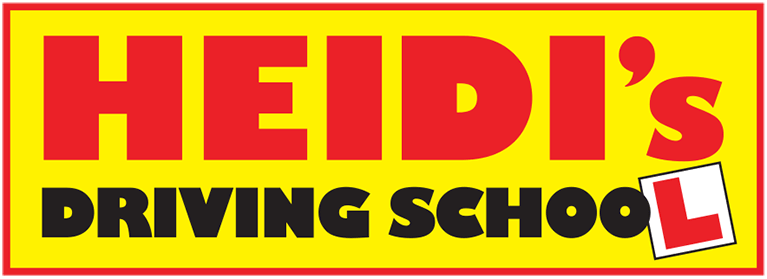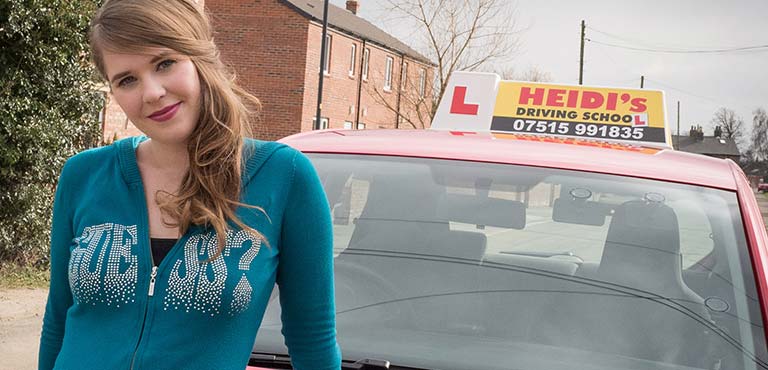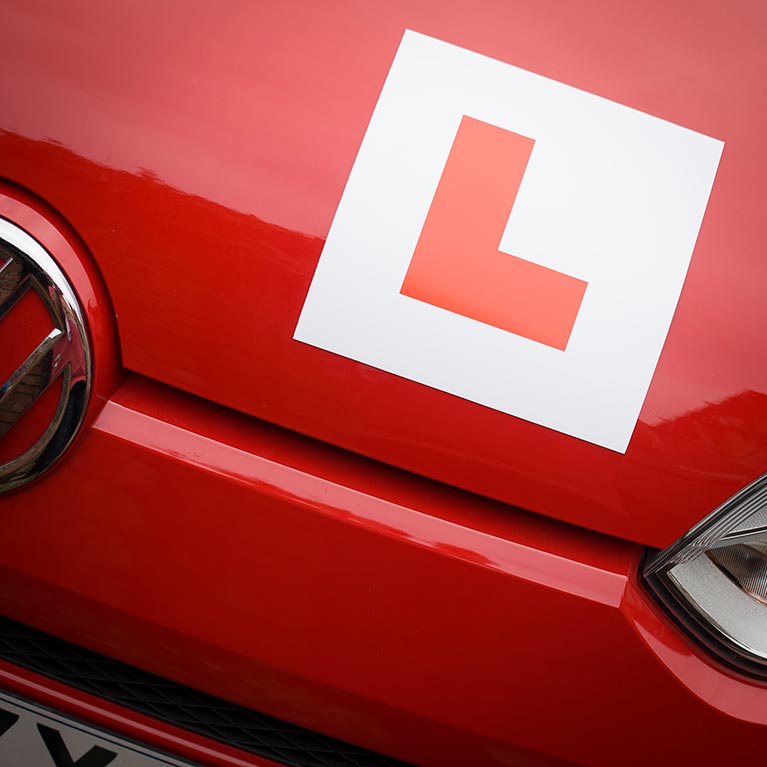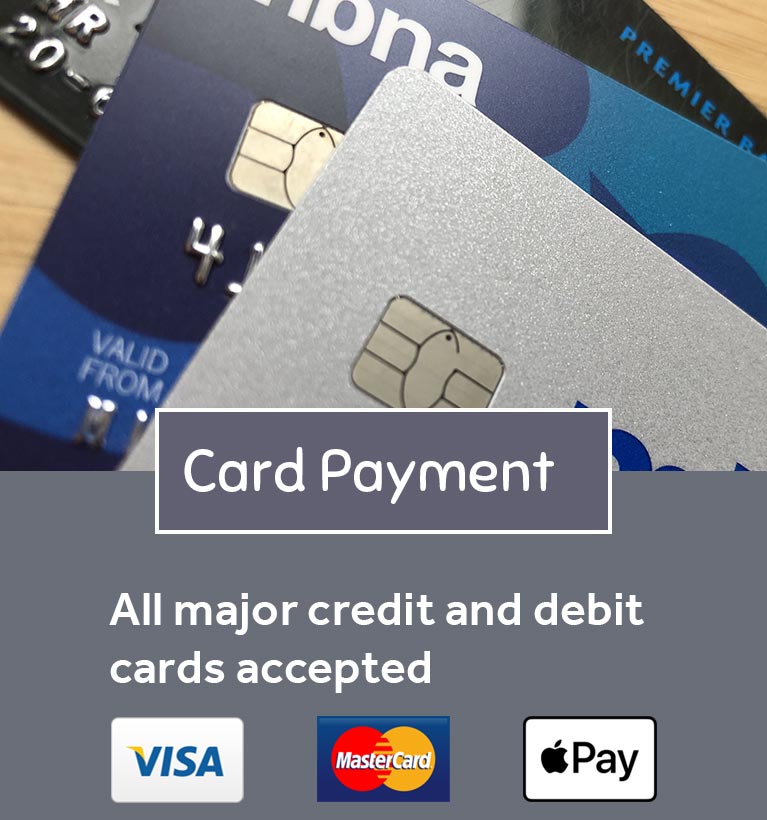General driving
You'll drive in various road and traffic conditions, but not on motorways.
The examiner will give you directions that you should follow. Driving test routes aren't published, so you can't check them before your test.
Pulling over at the side of the road
You'll be asked to pull over and move off during your test, including:
- Normal stops at the side of the road
- Pulling out from behind a parked vehicle
- A hill start
You may also be asked to carry out an emergency stop.
Reversing exercises
The examiner will ask you to carry out one of the following:
- Parallel park at the side of the road
- Park in a parking bay - either by driving in and reversing out, or reversing in and driving out (the examiner will tell you which one you have to do)
- Pull up on the right-hand side, reverse for around 2 car lengths and rejoin the traffic
Independent driving
You'll have to drive for about 20 minutes by following either:
- directions from a sat nav
- traffic signs
The examiner will tell you which you have to follow. They'll set the sat nav up for you. You can't use your own sat nav.
If you can't see a traffic sign, the examiner will give you directions until you can see the next one.
If you go off route the examiner won't give you a fault for taking a wrong turn. They'll help you get back on route if you do.
Throughout the test you should drive in the way your instructor has taught you. If you make a mistake, don't worry about it, it might be a less serious driving fault and may not affect your result.
After the practical test
When the driving test is over, the examiner will tell you whether you passed or failed. You can request feedback on your test from the examiner, who will then go through your performance during the test.
If you pass...
The examiner will tell you what faults you made, if any, give you a pass certificate and ask you if you want your full licence to be sent to you automatically. If you want to use this service, the examiner will take your old licence off you and send your details to the DVLA. Your new licence should arrive within four weeks of passing your practical test.
If you pass your test but do not want to use this automatic service, or have a licence issued before 1 March 2004, you will be given a pass certificate by the examiner. On the back of the pass certificate it tells you what you need to do next. This involves sending your licence and appropriate fee to DVLA who will then check your application and issue you with a new full licence.
If you don't pass...
The examiner will tell you what faults you made, your driving report form will also show you where you made any mistakes. You can book another test but it must be at least 10 working days after your previous test.





